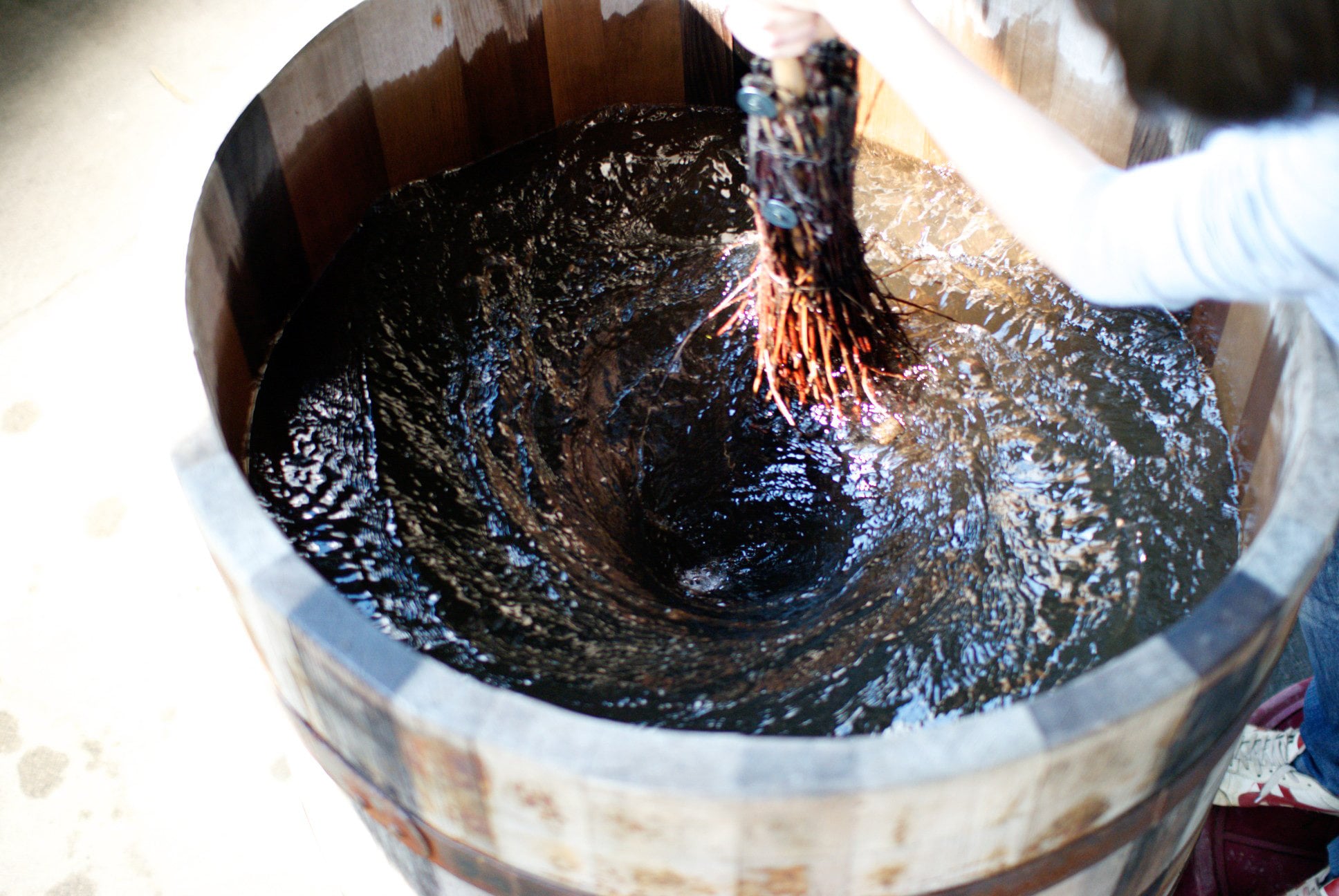Biodynamics
Written by Franz Weninger on the 9th of April 2013At the beginning of the biodynamic movement around 1900, some farmers noticed that their agricultural products were dropping in quality.
There seemed to be a decrease in the reproductive powers of the plants, and the resulting fruit was of lower quality.
My guesses are that the cause lay in the industrialisation of the landscape – and today I would include light pollution during nights, air pollution and climate change among the culprits.
Rudolf Steiner and the farmers realised that the plants had lost their rhythm in the year’s seasons. Steiner employed Goethe’s teachings and old European traditions in order to attempt to regain the plants’ natural balance. After all, anyone working in complementary medicine will tell you: balance is the key to good health.

The two important forces – growth and ripening – must fall back into equilibrium with the year’s rhythms. As symbols of these forces, hummus, winter and water are linked to growth, and our 500 preparation is made according to these symbols: cow dung is buried in the soil over the winter. Summer, warmth and light are linked to ripeness: our 501 preparation is made according to these symbols (crushed quartz is buried in the soil over the summer).
All this follows the natural cycle of the seasons with their respective longer and shorter days, and the cycle of the moon. These are the only cycles which plants follow and that they carry within them, because they of course have no calendar. Plants also sense these cycles much more intensely than us cultured humans. Anyone who often camps outside at night without a tent could sing a song about how a clear full moon night hinders sleep and also stimulates photosynthesis in plants.

We spread our preparations in accordance to the cycles of the moon and the seasons, and thereby manage to help our plants grow and ripen with the rhythm of the seasons. You can see this very nicely in practice: the growth of our vines ends in August with no more light green leaves or shoots forming. In the past we used to often see some late growth in August, but nowadays the plants focus entirely on their ripening phase from August on. In the wines this translates to moderate alcohol levels and stable acidity.